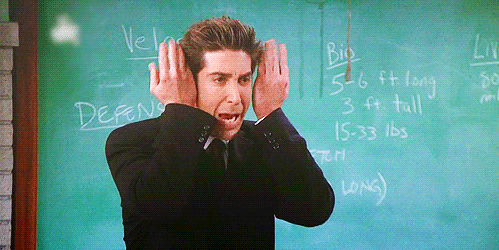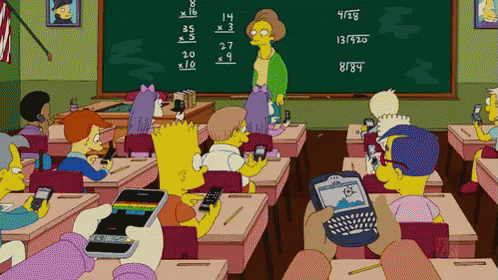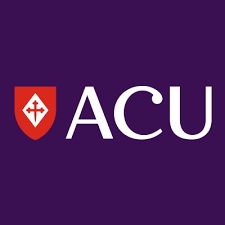Australian Curriculum, Assessment and Reporting Authority. (2018). Gifted and Talented Students. Retrieved from https://australiancurriculum.edu.au/resources/student-diversity/gifted-and-talented-students/.
Australian Curriculum, Assessment and Reporting Authority. (2018). National Assessment Program. Retrieved from https://www.acara.edu.au/assessment.
Australian Institute for Teaching and School Leadership Limited. (2018). Australian Professional Standards for Teachers. Retrieved from https://www.aitsl.edu.au/teach/standards.
Bandura, A. (1993) “Perceived self-efficacy in cognitive development and functioning”. Educational Psychologist, 28(2), pp. 117-148. Retrieved from https://doi.org/10.1207/s15326985ep2802_3.
Berk, L. E. (2009) Child development (8th ed.) Boston: Pearson.
Chknman (2011, November 2). ICT in the Classroom [Video file]. Retrieved from https://www.youtube.com/watch?v=o4yZG69sm4Q&feature=youtu.be.
Churchill, R., Godinho, S., Johnson, F. N., Kseddie, A., Letts, W., Lowe, K., Mackay, J., Mcgill, M., Moss, J., Nagel, M. C., Shaw, K., Ferguson, P., Nicholson, P., Vick, M. (2015). Teaching: Making a difference (3rd ed.). Milton, Australia: John Wiley & Sons.
Dewey, J. (1919). How we think. Boston: DC Health.
Flynn, JR. (2000). The hidden history of IQ and special education: Can the problem be solved?, Psychology, Public Policy and Law, 6(1), 191-198.
Frey, B., Schmitt, V., Allen, J. (2012). Defining authentic classroom assessment. Practical Assessment, Research & Evaluation, 17(2).
ISU Writing Program. (2015, June 18). What is Assessment? [Video file]. Retrieved from https://www.youtube.com/watch?v=xb609JC3_QU.
Kearny, P. (2007). Cognitive assessment of game-based learning. British Journal of Educational Technology, 38(3), 529-531.
Maslow, A. (1999). Toward a psychology of being (3rd ed.) New York: John Wiley & Sons.
National Assessment Program. (2018). NAPLAN. Retrieved from https://www.nap.edu.au/naplan.
New South Wales Education Standards Authority. (2018). Assessment Principles. Retrieved from http://educationstandards.nsw.edu.au/wps/portal/nesa/k-10/understanding-the-curriculum/assessment/assessment-principles.
TheFightinAnalyst. (2012, August 8). Good Will Hunting (Education vs. Intelligence) [Video File]. Retrieved from https://www.youtube.com/watch?v=6ZI1vgJwUP0.
Twining, P. (2002). Conceptualising computer use in education: Introducing the computer practice framework (CPF). British Educational Research Journal, 28(1), 95-110.
Vidergor, H. E. & Harris, C. R. (2015). Applied practice for educators of gifted and able learners. Boston: Sense Publishers.
Woolfolk, A, & Margetts, Kay. (2013). Educational psychology (3rd Ed.). Frenchs Forest: Pearson Australia.










